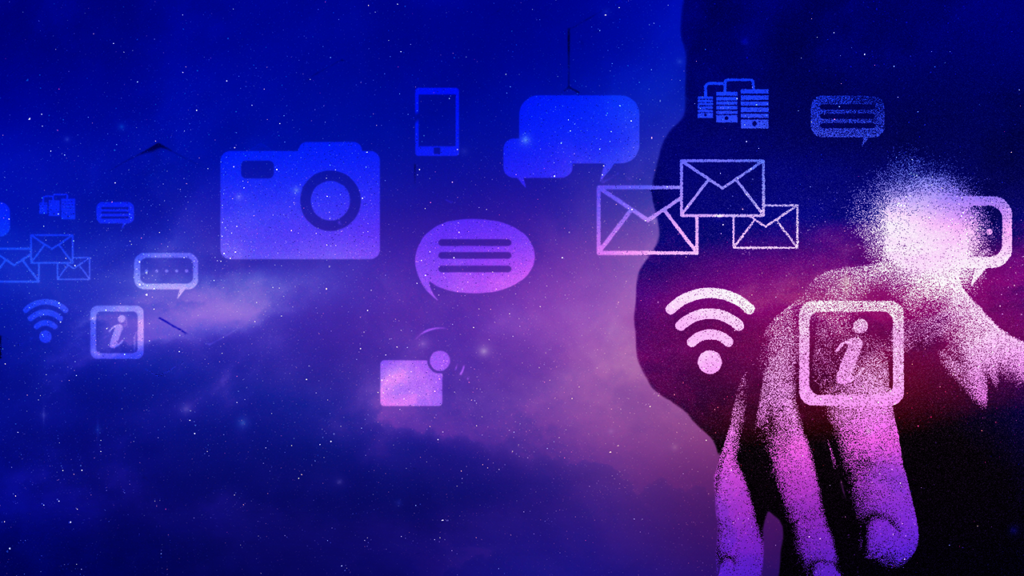The fifth annual IAB Brand Disruption Summit held in New York City in October showcased the evolving marketing strategies embraced by some of the world’s most successful brands. The biggest takeaway? Leading brands are rethinking marketing from top to bottom and marketers should take heed.
Takeaway 1: The New Age Of Hybrid Commerce Centers On User Experience
Consumers’ expectations for how they interact with retailers in-store and online have been transformed by the way technology has made convenience and effortless purchasing a priority. From “tap-to-pay” to instant inventory checks, the in-store user experience has evolved to a level once considered ‘luxury’ as consumers want seamless, intuitive experiences wherever they shop. Enter “H-Commerce,” which, according to the IAB, is defined as “the fusion of online and offline shopping.” While the majority of consumers still prefer to shop in person, consumers want simple, modern shopping experiences, as well as fast and easy payments and the ability to save time and money on demand.
What that means for marketers is that the analog emphasis on brand affinity and brand recognition is no match for today’s value-focused and experience-savvy consumers. Modern shoppers are researching products, calling “BS” on failed brand promises and demanding not just better deals but better brand interactions and customer service. Marketers who want to reach these consumers must highlight not just their brand’s general value proposition, but the way their brand delivers on customer experience in-store and online.
According to the IAB’s Brand Disruption Report 2023, consumers are also leveraging technology in new ways to improve their shopping experiences. The proof? Nine in 10 Americans currently use or consider using augmented reality for shopping—a significant increase from the 43 percent of consumers who showed interest in using AR for shopping in 2021.

According to the report:
- 77 percent of consumers research products online, then purchase them offline (ROPO).
- Fifty-eight percent of consumers now make purchases on their phones while in a store from another retailer’s website versus 42 percent in 2019.
- More than half of consumers now make purchases on their phones while in a store from that retailer’s website versus 38 percent in 2019.
- Four in 10 consumers leverage buy-online-pickup-in-store (BOPIS) or curbside pickup.
Takeaway 2: The Explosion Of The Creator Economy Is Transforming Brand Marketing
Brands are taking influencers and their role in the creator economy seriously, not simply as potential spokespeople for their products and services, but as bellwethers of a shift in the way consumers discover and interact with them.
According to the report, brand investment in creator content is growing faster than investment in TV and streaming content and consumers are now spending more time-consuming creator content on platforms like TikTok, as opposed to Hollywood-produced (professionally produced) content from conventional entertainment services. That makes influencers in the creator economy part of a shift in how consumers encounter ads and, by extension, new brands. For example, users spent 22.6 trillion minutes watching TikToks, but 9.6 trillion minutes watching Netflix. Those statistics represent an opportunity for marketers seeking to shift their efforts to where consumers are spending the most time.

Per the report:
- Eight in 10 brands now use creator advertising up from around 50 percent pre-COVID.
- YouTube now represents over 50 percent of ad-supported streaming watch time on CTVs among people 18 and over.
- With the launch of a TV app, TikTok is taking its 1.2 billion monthly users to CTVs.
Takeaway 3: Marketers Should Take The Metaverse Shopping Opportunity Seriously
The frequently misunderstood metaverse is well-understood by some of the world’s biggest brands. According to the IAB report, approximately 30 percent of global companies will have products and services ready for sale in the metaverse by 2026. Their investment is less speculative than it might appear. The report also states that nearly six billion virtual items, both free and paid, were transacted in Roblox last year and that 60 percent of Gen Z consumers believe brands should sell products in the metaverse. While many brands have yet to venture into the metaverse, many recognizable names have laid the groundwork to do so.

Marketers seeking to create a metaverse marketing strategy are not limited to promoting their brand’s non-virtual products. According to the report, new ways of monetizing brand identities are emerging alongside new metaverse-connected technologies.
The study reads: “Selling digital fashion, skins, and other goods and experiences directly to consumers’ avatars ——“direct to avatar” (DTA) is a key driver of metaverse commerce and is expected to generate $50 billion in sales from skins alone in 2022 and potentially top $1 trillion by the end of the decade.”
Brands are reimagining disruption as a tool to fuel better customer engagement, and, unlike the early days of the internet, the biggest brands are leading the innovation charge.

